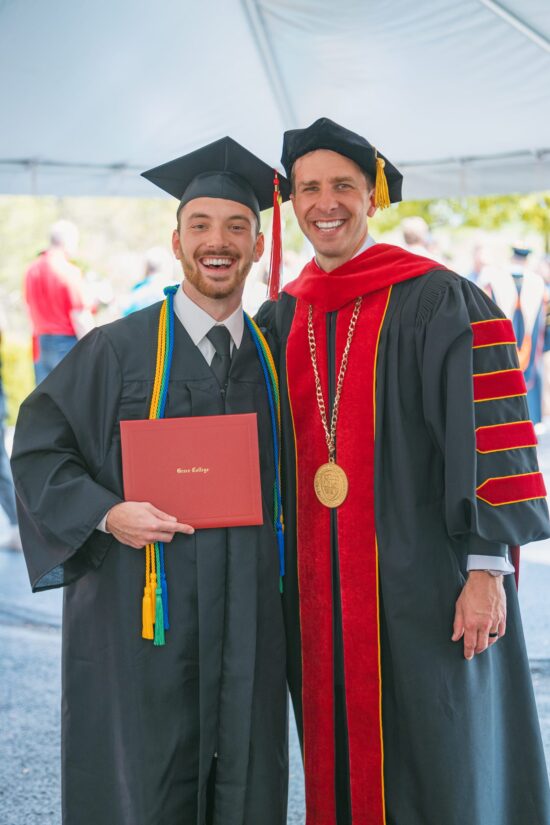Federal Direct Loan
Students who demonstrate a financial need as determined by federal guidelines will be eligible to borrow a Federal Subsidized Direct Loan. Students who do not demonstrate need in the application process will have the option of applying for an Unsubsidized Federal Direct Loan. The major difference between these two loans is that the student who borrows an Unsubsidized Federal Direct Loan is responsible for the interest that accumulates while he/she is in school. With the Federal Subsidized Direct Loan, the federal government pays interest and other costs during the period of enrollment. Repayment by the student begins six months after he/she is no longer enrolled at least on a half-time basis.
The interest rates on loans made during the 2024-25 academic year are 6.53 percent for both subsidized and unsubsidized loans for undergraduates. Annual borrowing limits are $5,500 for freshmen (0 to 28 hours); $6,500 for sophomores (29 to 58 hours); and $7,500 for juniors and seniors (59 hours or more). Graduate levels are at 8.08 percent, and the annual borrowing limit is $20,500.
Federal PLUS Loans
This is a non-need-based college loan program that allows parents to apply to borrow funds to pay for college expenses. A parent may apply to borrow a maximum of the student’s cost of attendance minus any student financial aid. The PLUS loan has an annual interest rate of 9.08 percent for the 2024-25 academic year. Monthly repayment on PLUS loans begins within 60 days after the second disbursement of the loan. Deferment may be requested at the time of application for the loan.
Learn more about federal loans.



